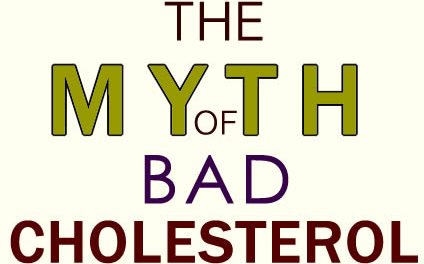(Is this really possible? While I’m not sure, I imagine you could shoot some type of chemical/poison/toxin into the atmosphere right before a storm…)
UPDATE: 2 additional people, whose names have not yet been released, have died from complications due to the asthma storm in Australia. We will update you as we have more info available.
A recent thunderstorm during southeastern Australia’s humid November spring, triggered a rash of asthma attacks across Melbourne last Monday, leaving families grieving in its wake.
At least four people died: 20-year-old law student Hope Carnevali died waiting for responders from Ambulance Victoria to arrive, paramedics also struggled to resuscitate 35-year-old Apollo Papadopoulos, who eventually succumbed to the respiratory attack. Omar Majoulled, 18, died two days before what would have been his high school graduation. And Clarence Leo reportedly died early Wednesday.
Several more remain in Melbourne intensive care units.
https://www.youtube.com/watch?v=kgfhYqCtNXo
Between 6 p.m. and 11 p.m. on Monday, Ambulance Victoria took about 1,900 calls, which is nearly six times the usual volume- that works out to about a day’s work in five hours. In fact, at their peak, 200 calls came within a span of 15 minutes.
From the article:
“Since the first such events were recognized in the 1980s, there have been scattered reports of asthma attack outbreaks during thunderstorms around the globe, including Napoli, Italy and Atlanta. The largest confirmed episode to date was in London in June 1994. Six hundred-forty Londoners visited emergency departments with complaints of asthma or respiratory problems, of which more than a hundred were hospitalized, according to a 2016 review published in the journal Clinical & Experimental Allergy.
Allergy experts posit that during the spring season, storms increase pollen’s ability to penetrate deep into the lungs. Because the storms concentrate pollen grains near the ground, the grains swell with so much water that they rupture into tinier pieces. Once dispersed into the air, the particles basically form a fine allergenic mist that if inhaled, winds up in bronchial crevasses normally too small for unbroken grains to enter.
As changes in climate brings about more severe weather, respiratory disease scientists predict these types of “thunderstorm asthma outbreaks” to happen with increased frequency. We’re not sure we agree with these scientists and know some others who disagree.
Hope Carnaveli’s relatives said they waited for more than a half an hour for an ambulance to arrive and would have taken her straight to the emergency room had they known. Our hearts go out to all the grieving families.
Source: The Washington Post












